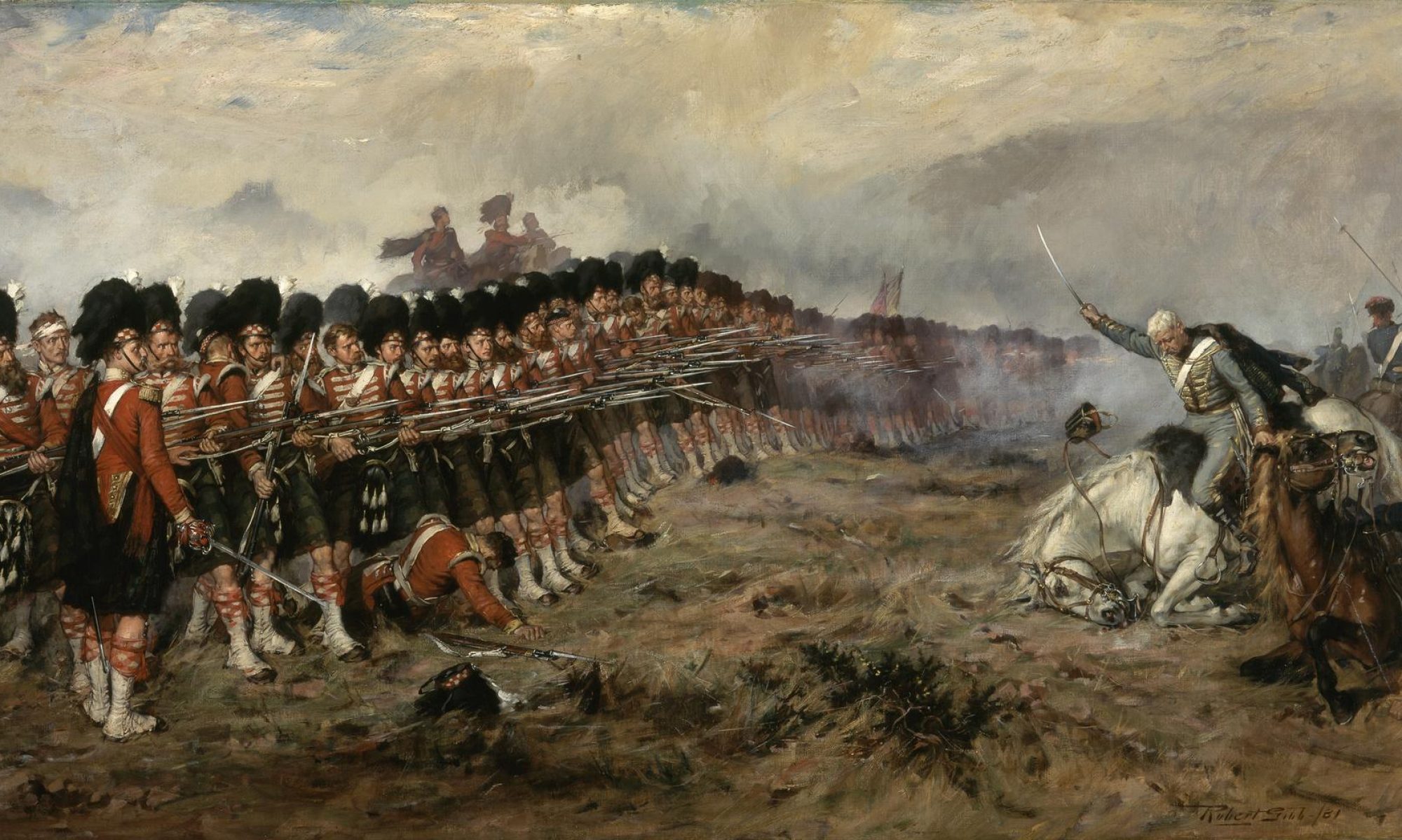Book ISBN 9781445647647
Book Format Hardback
pages 336 pages
Publication Date 15 Aug 2017
https://www.amberley-books.com/house-of-beaufort.html
The cover is attractive, and striking. Heraldry on a plain background is a winning combination. The pages are light and the text is relatively small. It has one 16 page section of 40 colour images with an average of 2 – 3 pictures per page, mostly of magnificent castles and buildings and one family tree.
As grand families go, the Beauforts are one of those clans that are always there but never quite steal the limelight. Alongside Plantagenets, Lancastrians, Yorkists, and Tudors they are the supporting character, the means to an end. Without the Beauforts there could be no Tudors.
Nathen Amin has seen this and realised that this family, whose standards are nevertheless prominent in many battles, and whose matriarchs and patriarchs are key players in history and legend, doesn’t often get much more than a background survey in much of medieval scholarship.
By writing this book he has been able to dig deeper, and shows us with an erudite and strong narrative, how the illegitimate son of John of Gaunt began a dynasty that eventually, via a roundabout route, captured the throne of England.
The book covers the latter end of the 14th century up into the late 15th century, the cast is large and changeable, huge and confusing political events loom large. Rebellions, Wars with France, and the big one for England, the Wars of the Roses.
The story is essentially underpinned by a family trying to maintain itself by a diehard defence of the House of Lancaster, and the struggle down to Margaret Beaufort to ensure the family stayed afloat.
For the King’s descended from the house of Lancaster, the Beaufort’s were their most natural allies. The line descended from a Royal bastard (adopt a Sean Bean accent if you will) flourished only so long as the house of Lancaster ruled, becoming Earls, Dukes and Cardinals due to their loyal support. This close connection saw them become inextricably intertwined with the great and good. This also made them prime targets of Yorkist aggression during the Wars of the Roses.
Today people are still obsessed by who the Royal Family is descended from and who they ally themselves with, adding a layer of significance to this examination of the vague vicissitudes of history. All of this is outlined and examined in this stellar biography of a medieval family, itself a window into the way dynastic politics worked in medieval times.
Questions like how strong was the Beaufort – Tudor claim that rescued the family, and the enemies of York from disaster? Is the character of the scheming cardinal Beaufort just another cliche dreamed up by Shakespeare?
Surprisingly but rather pleasingly, the book doesn’t go all the way to Bosworth, although it could. It stops rather naturally with Tewksbury and its grisly aftermath. Because it was here on the battlefield and on the executioners block that the House of Beaufort came to an end. Yet the purge failed to stamp out the spark of Lancastrian resistance held within the veins of Margaret Beaufort’s son.
Where Beaufort ends Tudor begins, and indeed there is a pleasing symmetry in the final words of the book where the author deftly ties up the rich artery of family and national history that he has tapped. It begins with the bastard son of a Duke, and ends with another, this time the illegitimate son of a Beaufort, the cousin to the future Tudor King.
I would hazard that no reader of 15th century English history will want to miss this book.
Josh.





You must be logged in to post a comment.